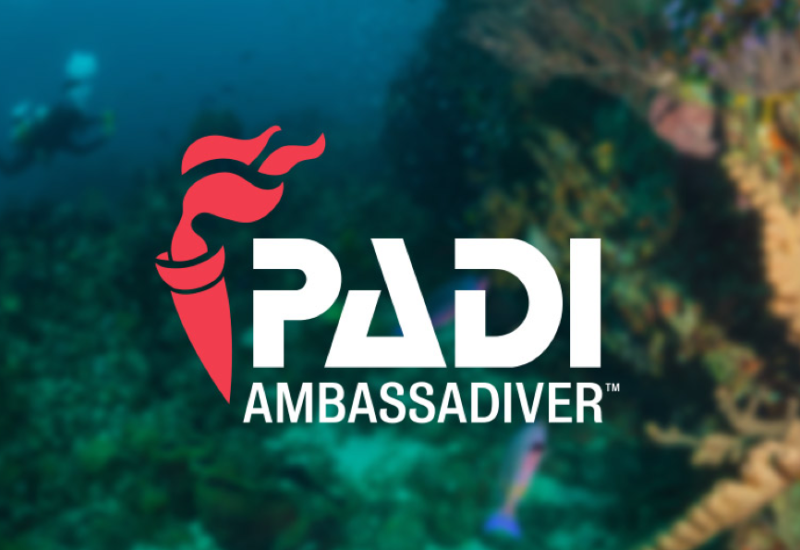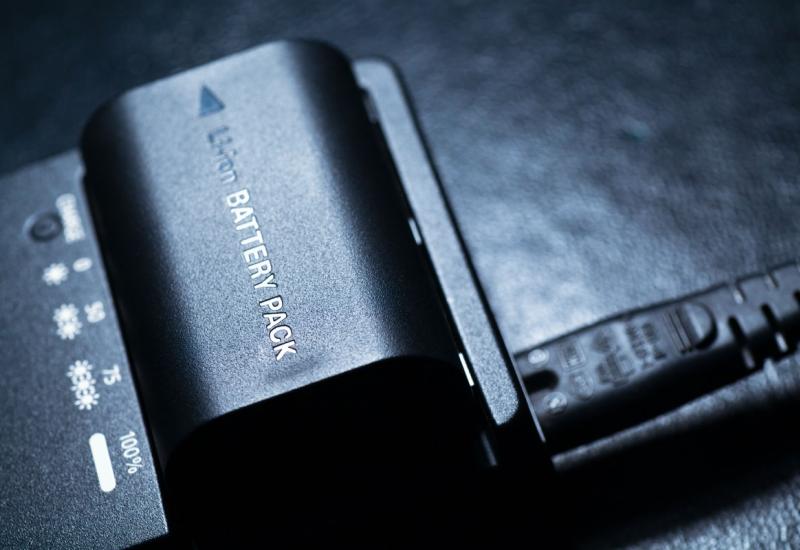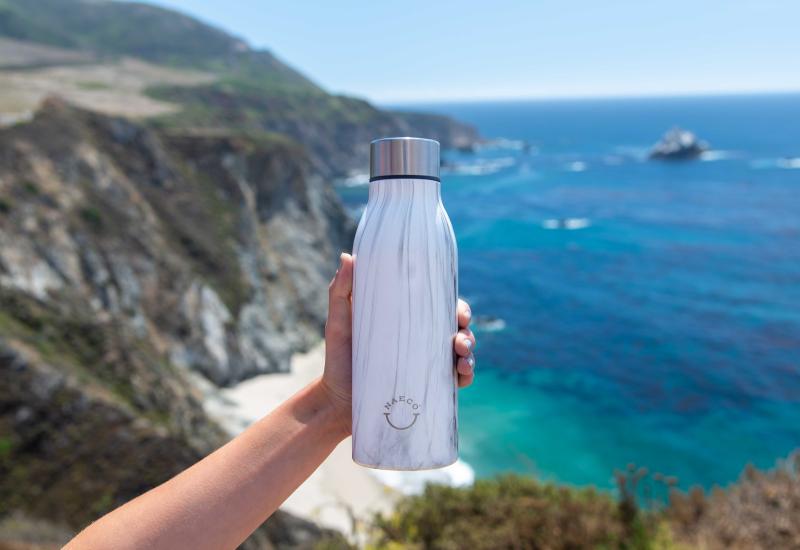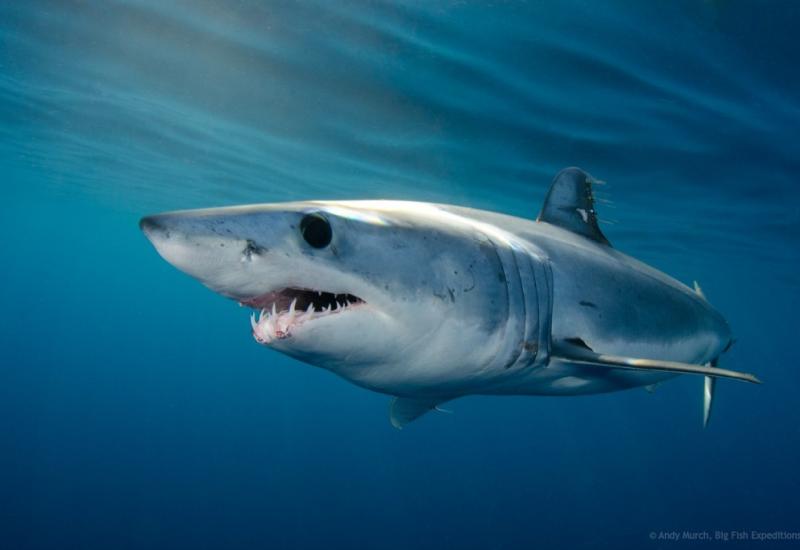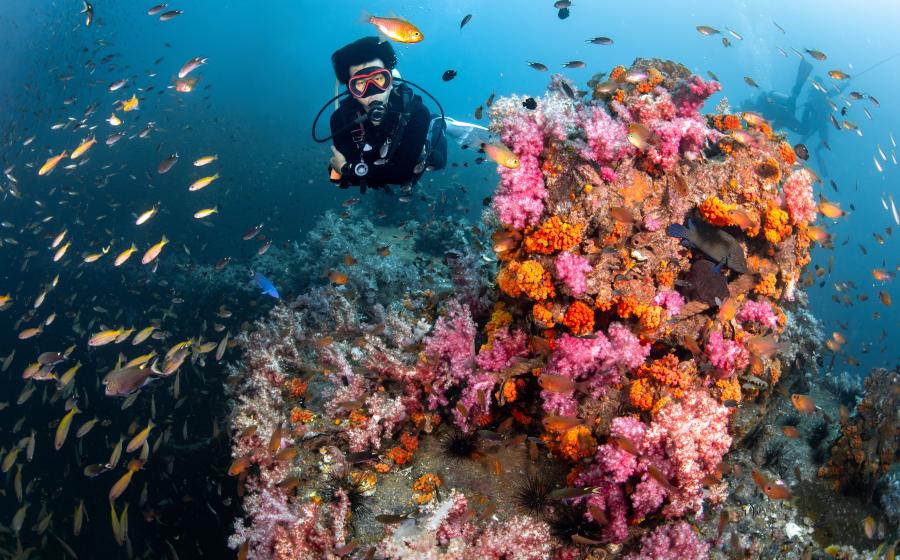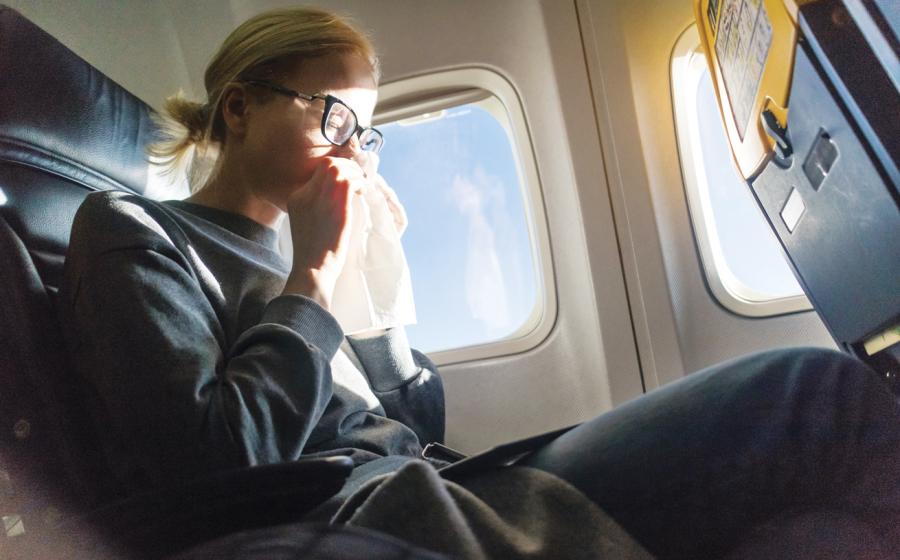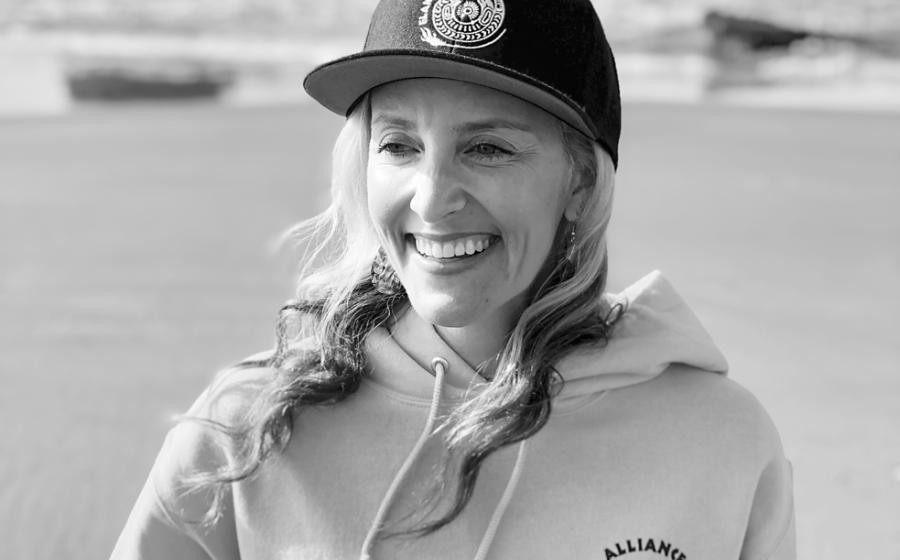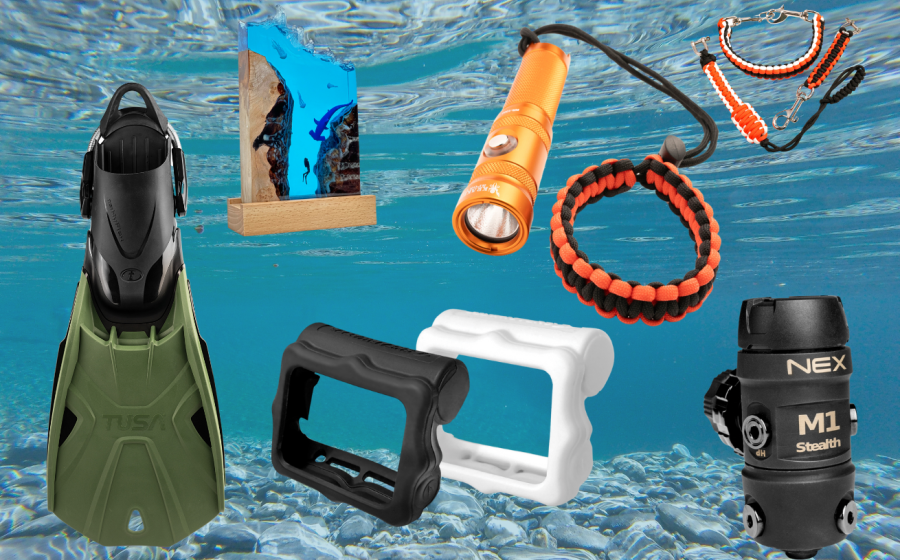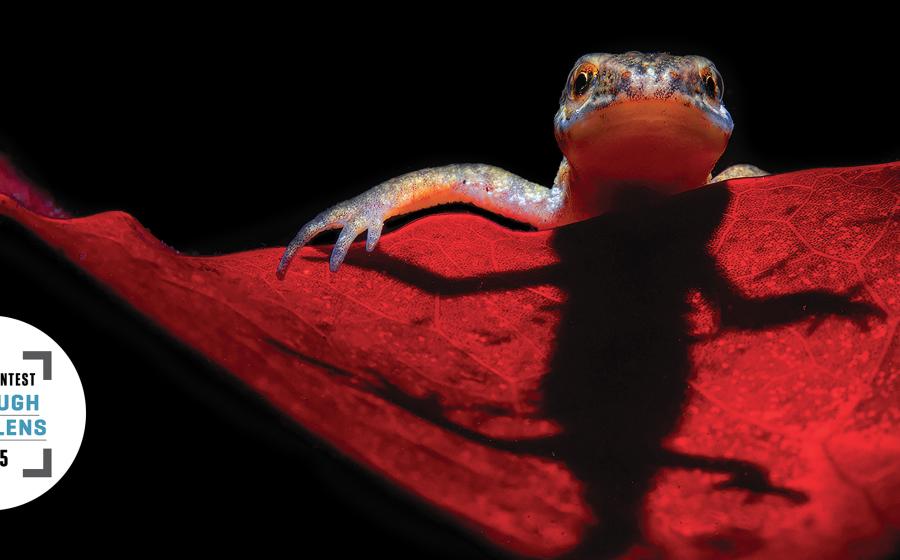Scuba Diver Profile: Michel Labrecque
Underwater photographer and explorer Michel Labrecque has a passion for marine conservation after traveling around the world to dive.
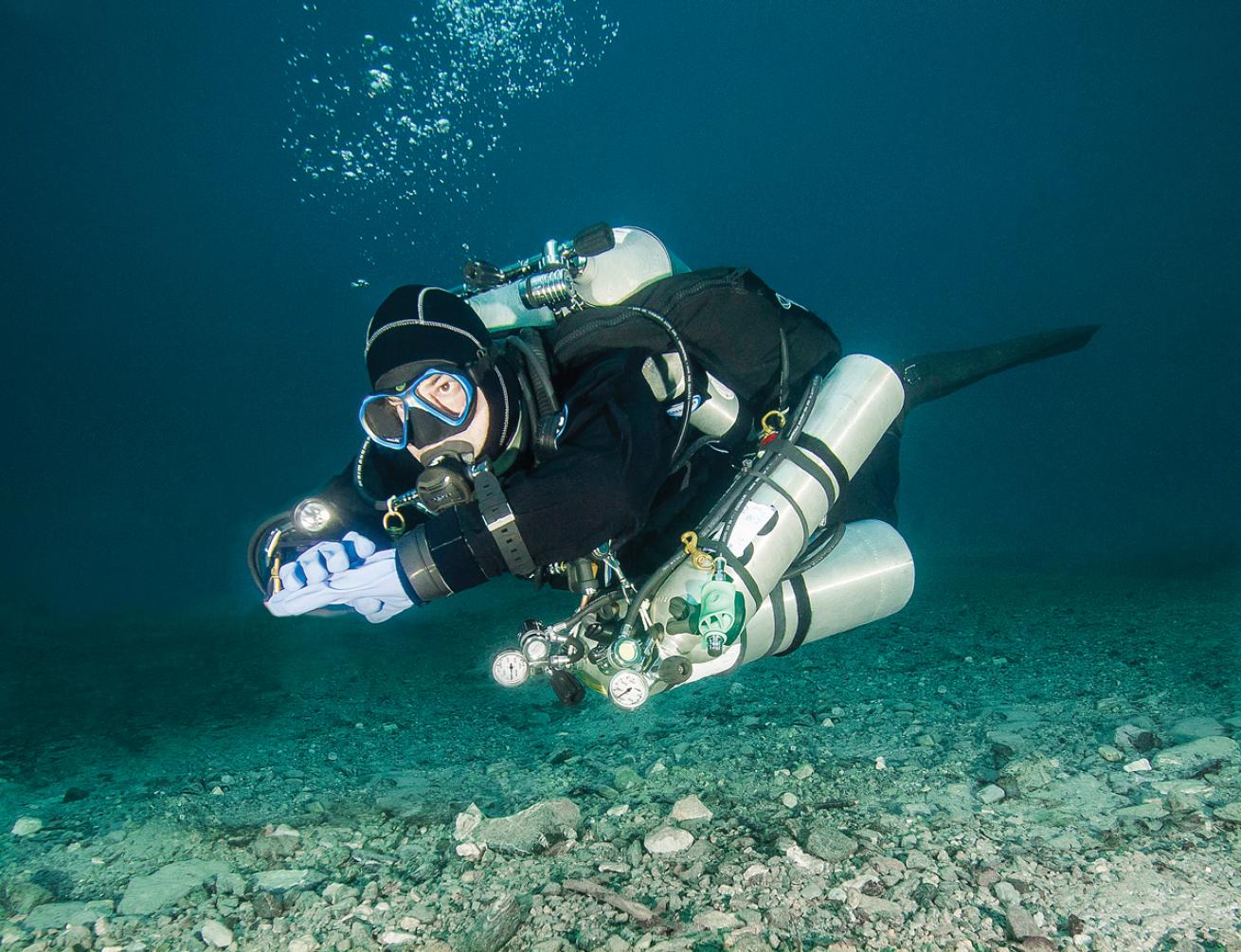
Michel Labrecque/N2PIX/Courtesy PADILabrecque tried scuba diving in a pool in the 1970s, and has been hooked on the adventure ever since.
A PADI Master Scuba Instructor, TecRec Technical Instructor and professional underwater photographer, Michel Labrecque has spent most of his time beneath the waves, exploring the underwater world and capturing iconic images. His images have been featured in renowned news outlets around the world. Whether documenting uncharted dive sites or addressing marine conservation issues, Labrecque’s passionate approach to visual storytelling inspires others to connect with our ocean and preserve it for future generations.
Q: What inspired you to take up photojournalism, and what do you enjoy capturing the most?
A: When I started in underwater photography, I was more interested in capturing images to show to nondivers to get them interested in scuba diving. I didn’t consider myself an underwater photojournalist just yet. At the end of 2013, while on a dedicated expedition to Baja, an entangled whale was reported in the area and I happened to be on the rescue boat. I documented the whole rescue, and it really triggered my passion for photojournalism. Capturing and documenting any conservation issues, rare phenomena or remote places is what really drives me.
Q: You have gone diving in a variety of underwater climates and explored some unique places in the world on assignment. Is there one that was the most extreme or interesting to you?
A: The most extreme so far have been two recent expeditions in 2016 and 2017 to Clipperton Atoll — considered to be the most isolated atoll in the world. I was leading the scientific expeditions in the hopes of proving connectivity and residency of migratory sharks in the area, which we did! With the help of other stakeholders, this led to the establishment of a marine protected area. Clipperton was out of reach of any possible rescue, with roughly 100 hours for the crossing. Everything about it was extreme when you consider that you are isolated, working with sharks and at risk of decompression sickness or any other medical issues.
Q: Favorite dive destination?
A: I really enjoy local diving in Quebec, Canada. There are lots of beautiful, challenging and remote places to photograph there. Some of my favorite diving experiences include wreck diving the Empress of Ireland (the K2 of wreck diving), diving with Greenland sharks and baby harp seals, exploring virgin dive sites and documenting conservation issues like threatened beluga whales.
Q: Are there any environmental or conservation issues that you feel are particularly important at the moment?
A: For the past year, I’ve had a strong focus on plastic pollution and marine debris. I have seen the ugliness of trash floating at the surface of the ocean in Southeast Asia, but nothing tops the sight of marine debris in Clipperton Atoll.
Q: Strangest piece of trash you’ve found underwater?
A: I don’t know what could qualify as the strangest, but objects — mostly collected during Dive Against Debris trips — range from a safe (unfortunately empty) to the remains of an old ’50s pickup truck, cars, a refrigerator and ammo with other pieces that looked like an explosive device in the making. The most unusual marine debris, though, was found in Clipperton. A pack of cocaine, brought to the island by ocean currents. If you ask — I didn’t buy a new home after the expedition!
Q: What advice would you give to aspiring underwater photographers?
A: At the end of the day, I strongly believe that if you work hard, you will succeed. The most important advice I would give is to be committed and fearless in pursuing your dreams.

